Our guide was intent on finding more young lions. He was familiar with the general area that they spend the most time, but it’s large and bushy. We spent at least half an hour driving slowly, scanning the area looking for them.
We heard an elephant trumpeting loudly, trotting through the bush. After a second one trumpeted, our guide used that to track down a lion. He followed the lion until it led to a group feasting on eland parts. Since the guide did the tracking himself instead of relying on the radio or other guides, we were the only ones there. One of the lions moved to a second area, where there was another group of young lions and their mothers enjoying eland. It was magical to watch them eating and playing.
The lions eventually had their fill and moved on, so we followed them for a bit before having to return for breakfast and pack for the next location.
The hour drive to Maji Moto Cultural Camp was mostly on the highway. We were still in the open-sided safari vehicle so I had to hold on to my hat! The only other vehicles on the road were other safari trucks, transport trucks, and motorcycles. The local children wave at every tourist vehicle and say hello or ask for sweets.
The Maasai at Maji Moto Cultural Camp warmly greeted us with songs and a gift of shuka (Maasai blankets). It was beautiful; we were made to feel like family from the start. Our Eagle View guide had only been once before and he was talked into staying for lunch.
The food was like home cooking at its best: rice, pleasantly seasoned legumes, and cabbage salad. After some rest time we went on a walking tour of the local area. Our two primary hosts at the cultural camp were an elder, Koila, and a young woman, Narenik. Koila demonstrated how to throw a spear at a euphorbia plant. It is tricky! He could throw accurately from at least twenty feet away while we were lucky to bounce the tip off the plant standing a few feet from it.
Maji Moto is so named for the hot springs that run through town. We went to the area where people hang out and get a drink upstream; others were bathing and doing their wash downstream. The trees were festooned with drying blankets and clothes.
A small reservoir held cool water that is pumped out to nearby farms. It is non-potable; local families use re-fillable containers to carry drinking water home. There were many people returning from church dressed nicely. (We found out later that the church presence is eroding Maasai culture and tradition.)
Back at camp we visited the women’s area, where local widows live together, making beadwork, raising their children, and taking care of livestock. Soren particularly enjoyed seeing the chickens and baby goats.
For sunset our hosts took us for a walk up Loita Hills, where people were waiting to surprise us with chai, coffee, cocoa, and popcorn. As the sun set, dozens of dragonflies flew nearby.
We shared a delicious dinner with the owner of the camp, Chief Salaton, and a Norwegian guest who has lived part time in Kenya for over 30 years. Salaton has traveled the world on cultural exchange (he’s even been to Portland!) but has never worn western style clothes, nor does he read or write. Through the camp he generously shares some of the culture he is working to preserve, and he also provides for the community, including some food distribution and education scholarships.
The evening ended with a demonstration of traditional fire starting, followed by singing and dancing around the fire. I’m so happy we’re staying here.
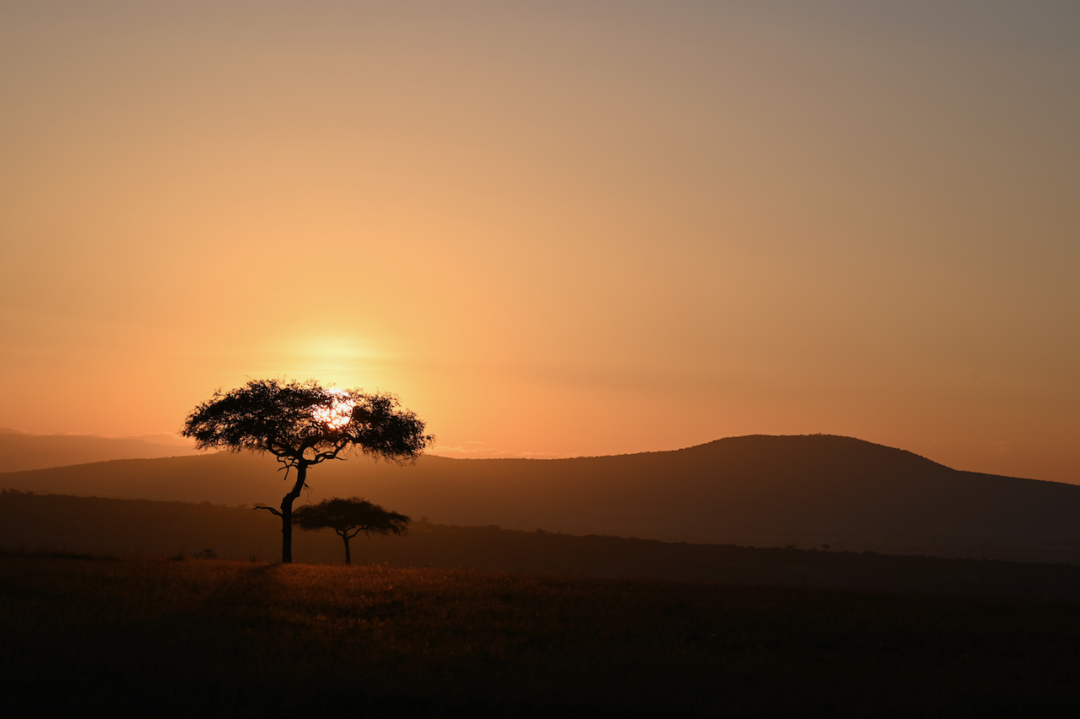
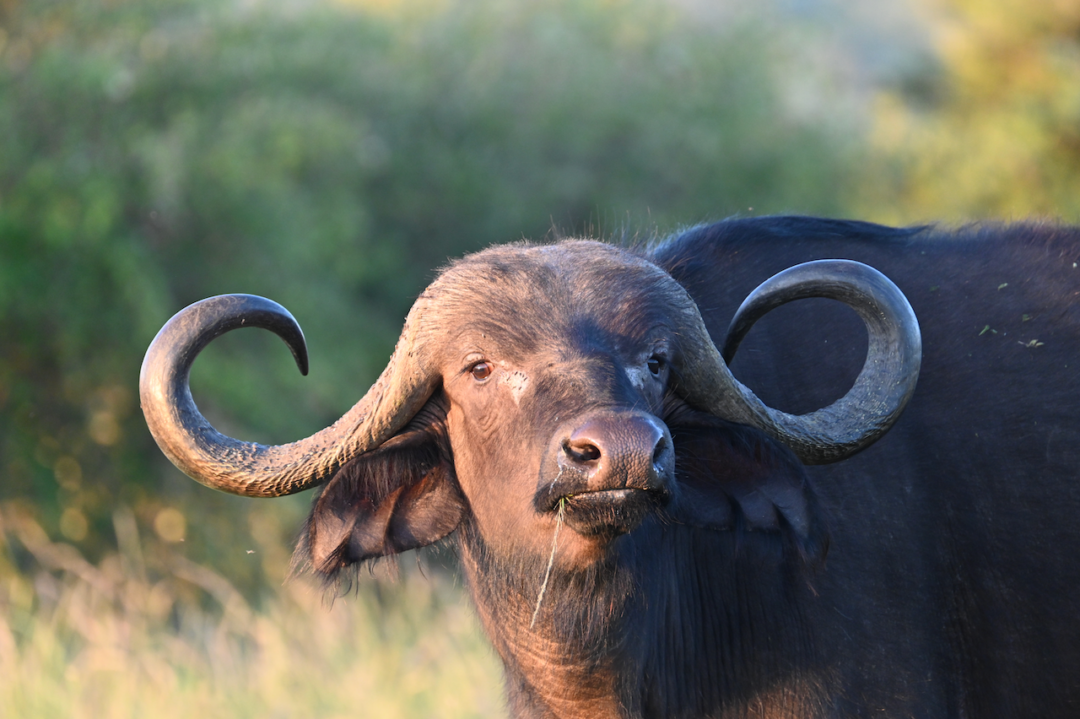

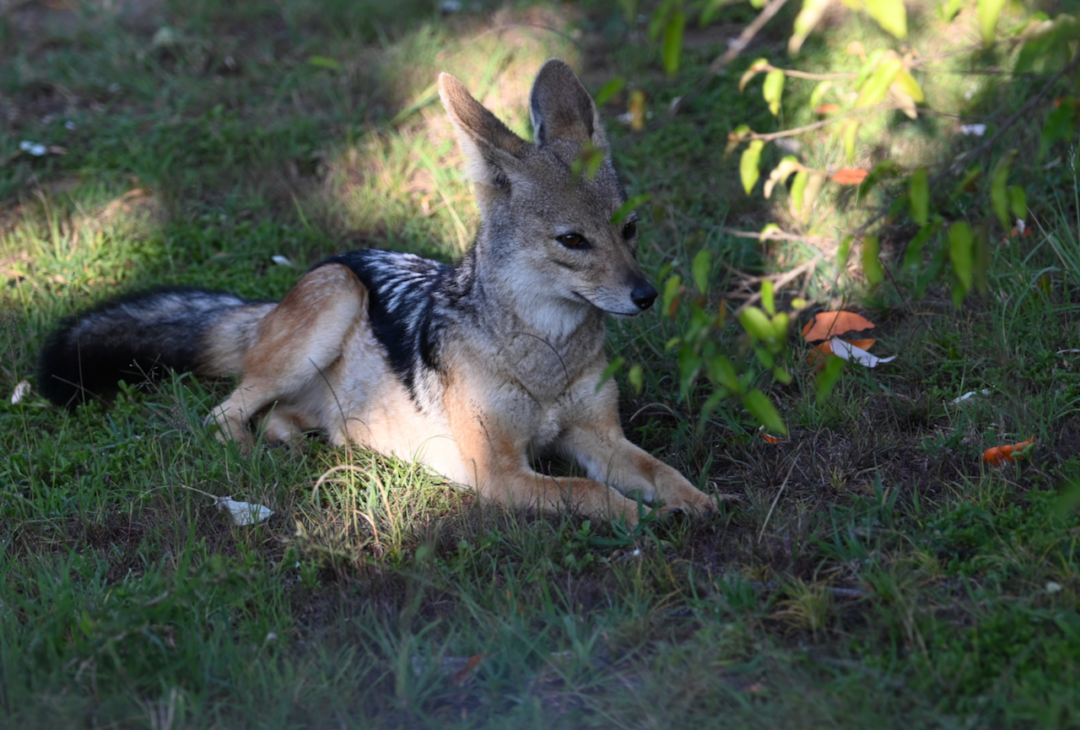
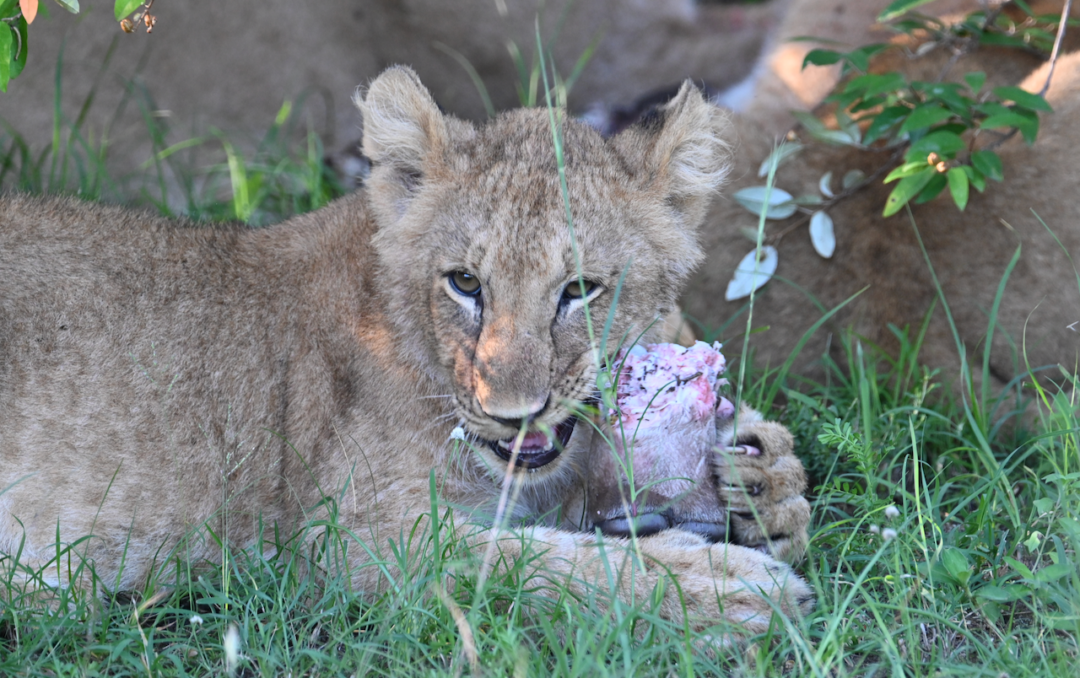
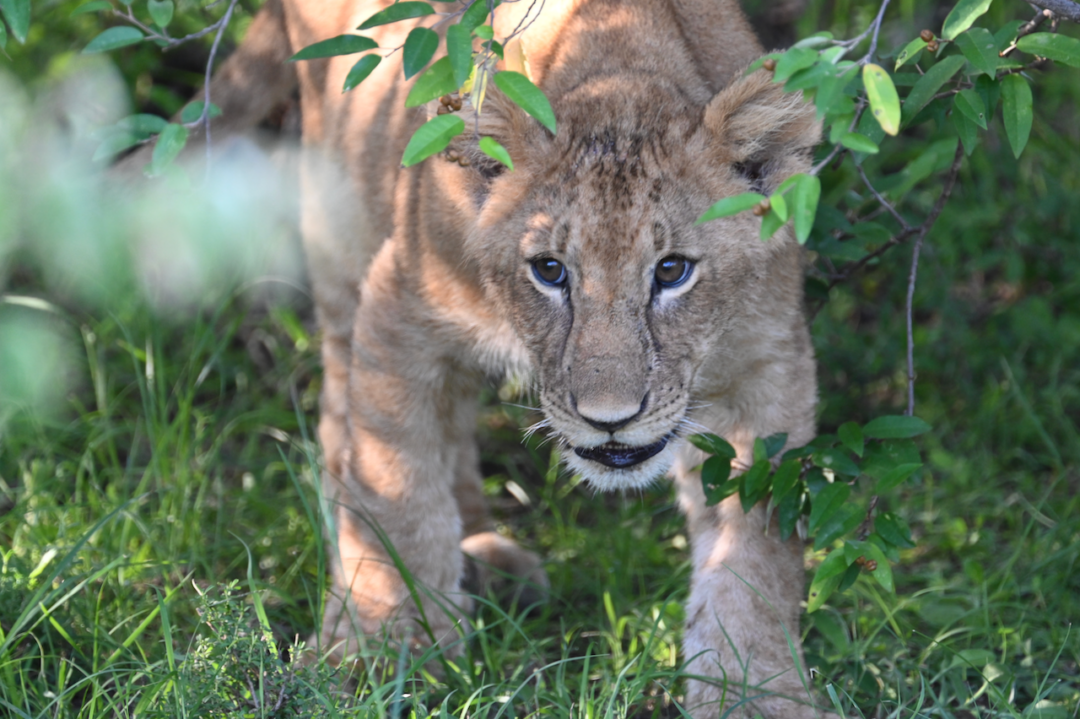

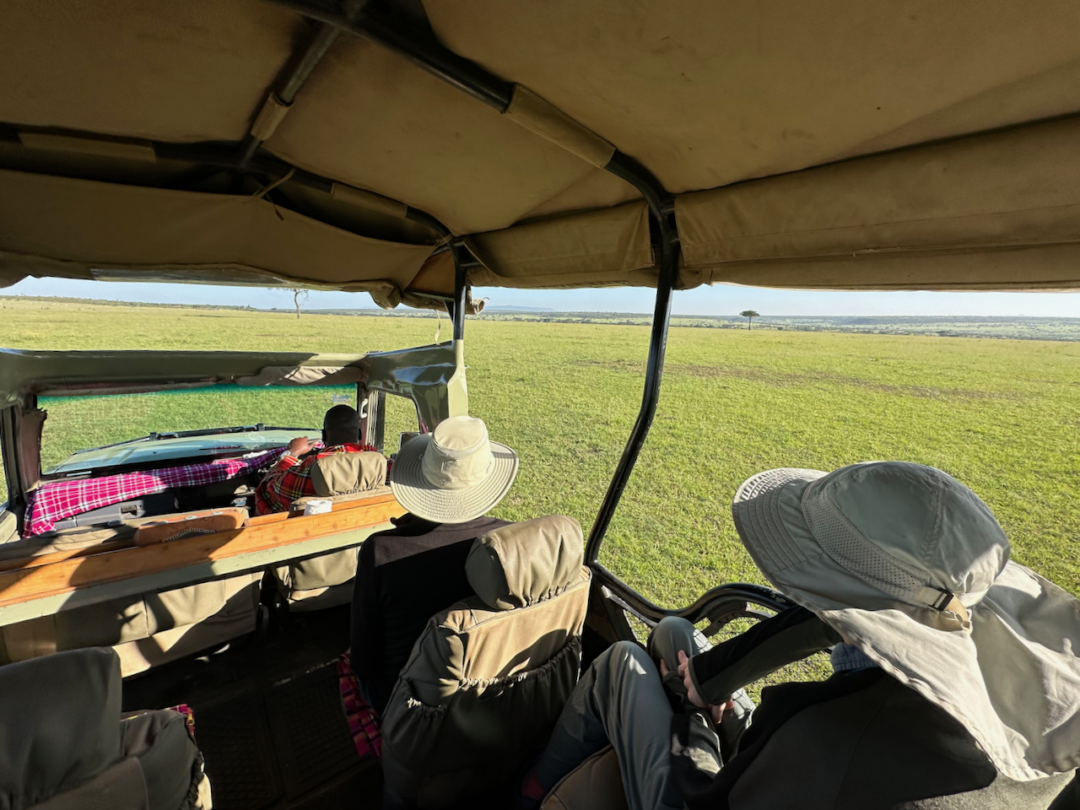

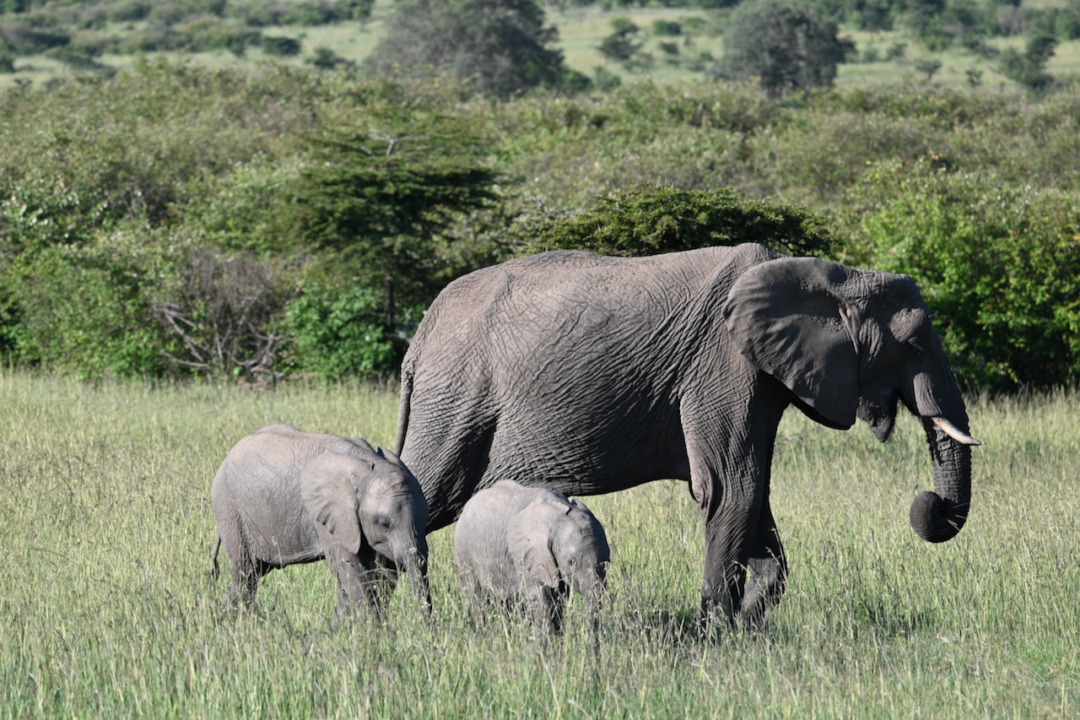
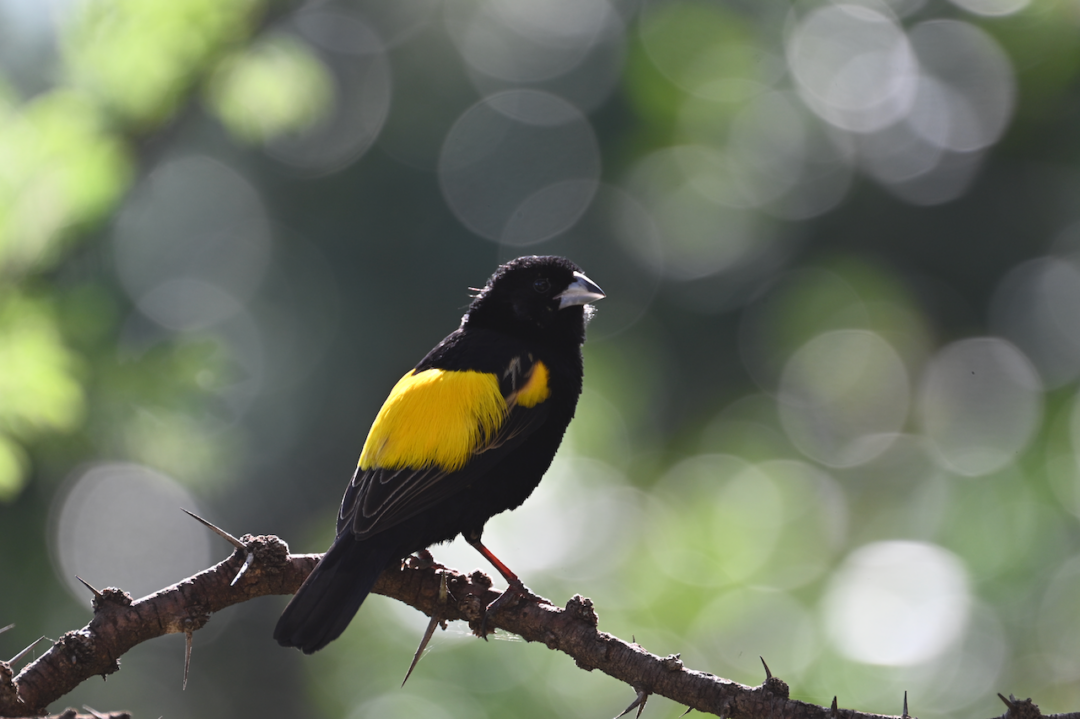
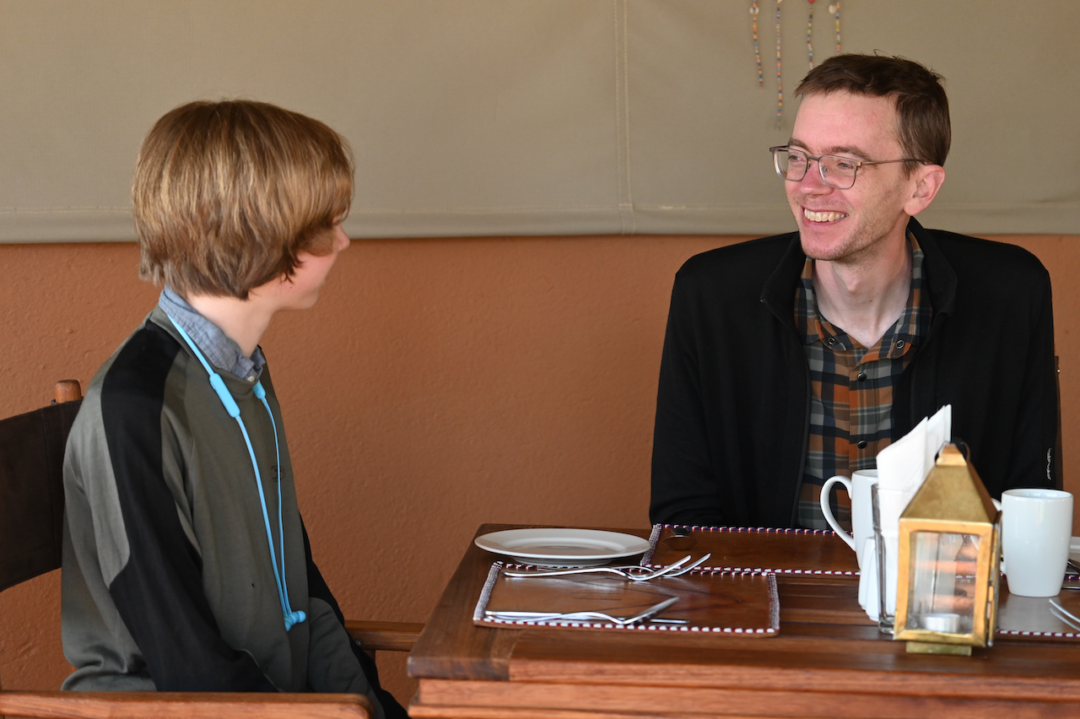
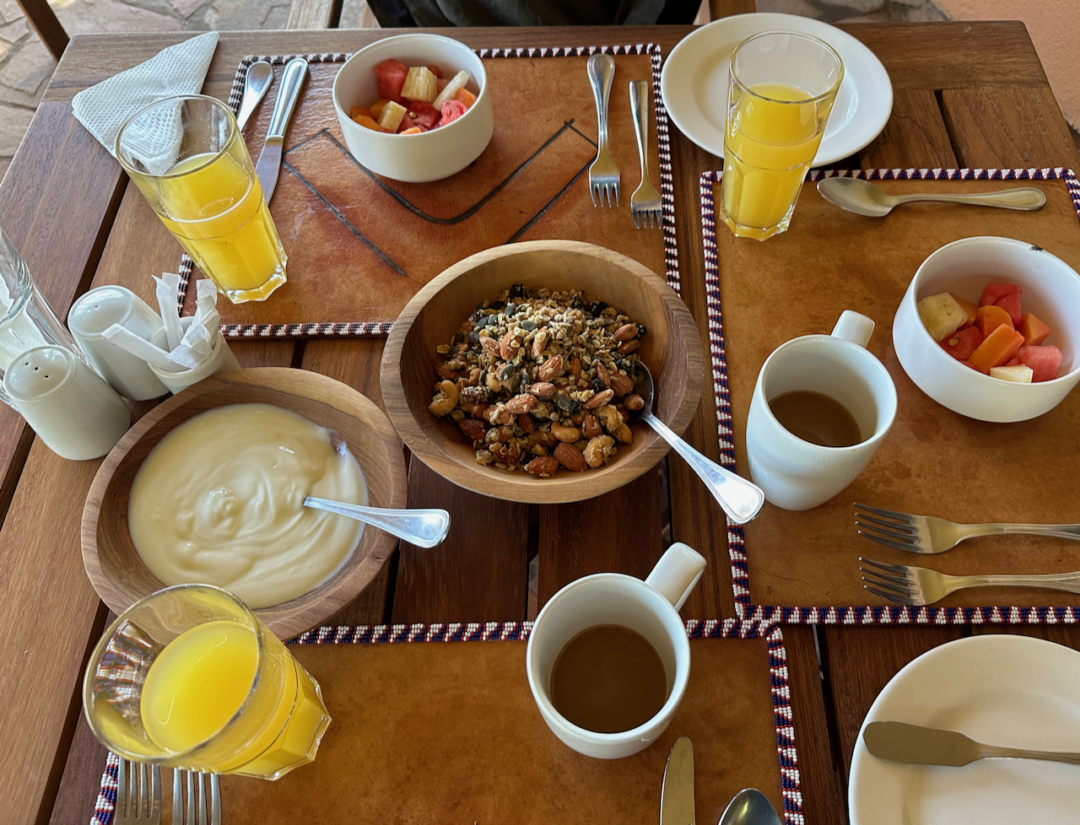
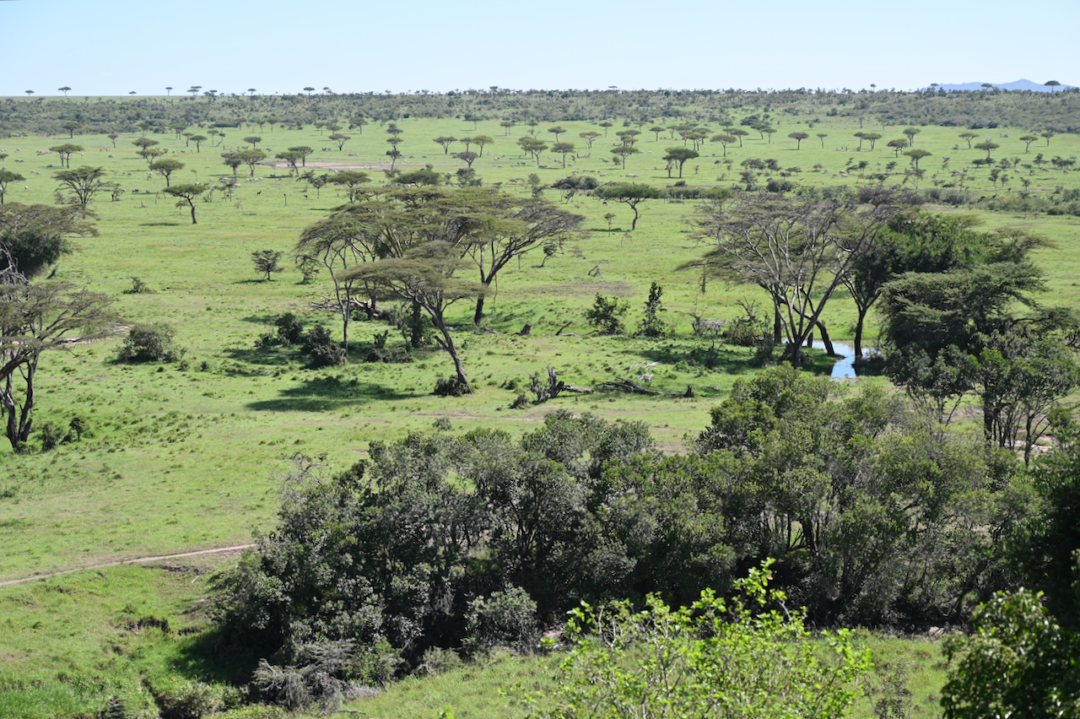
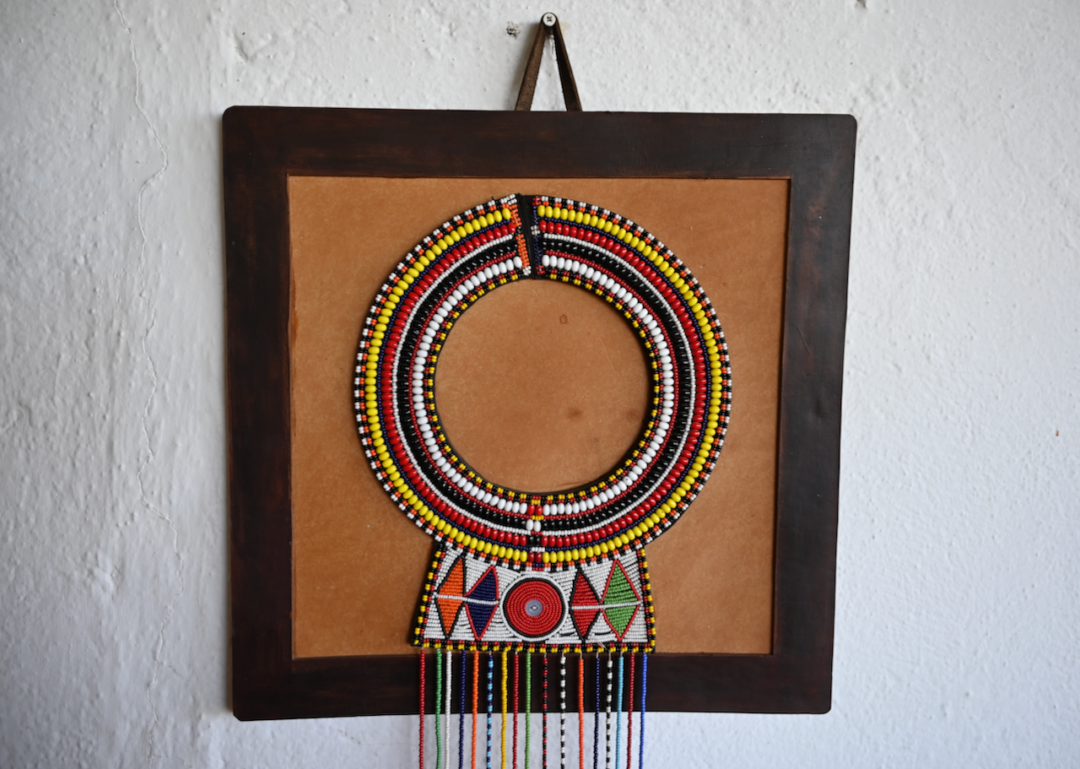
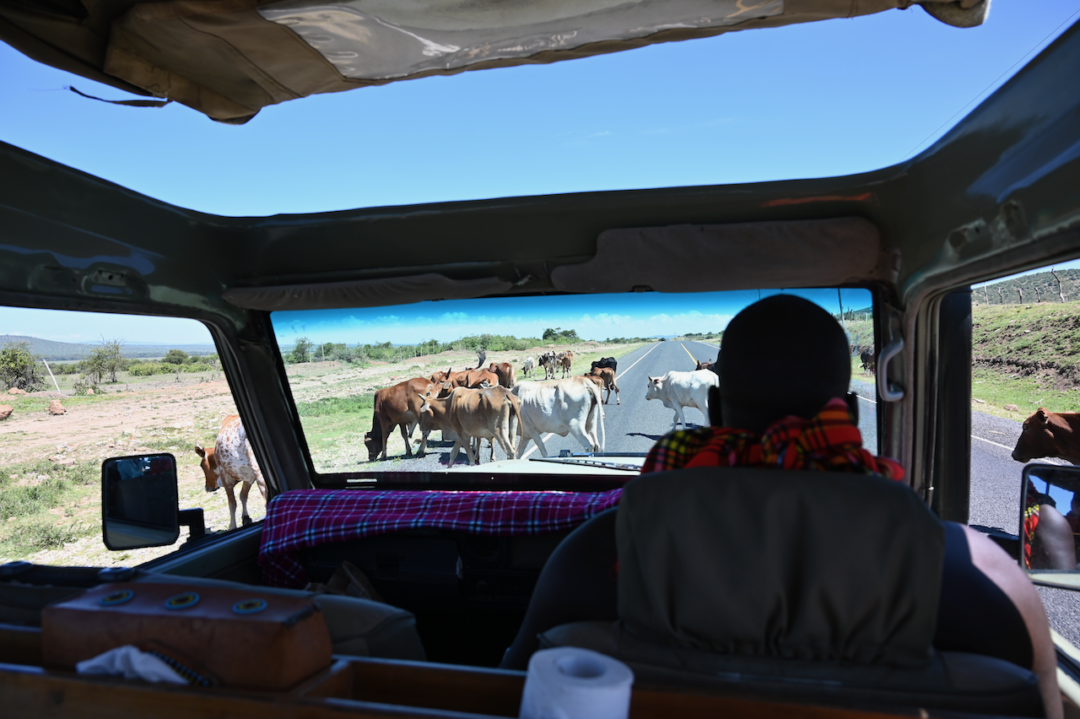

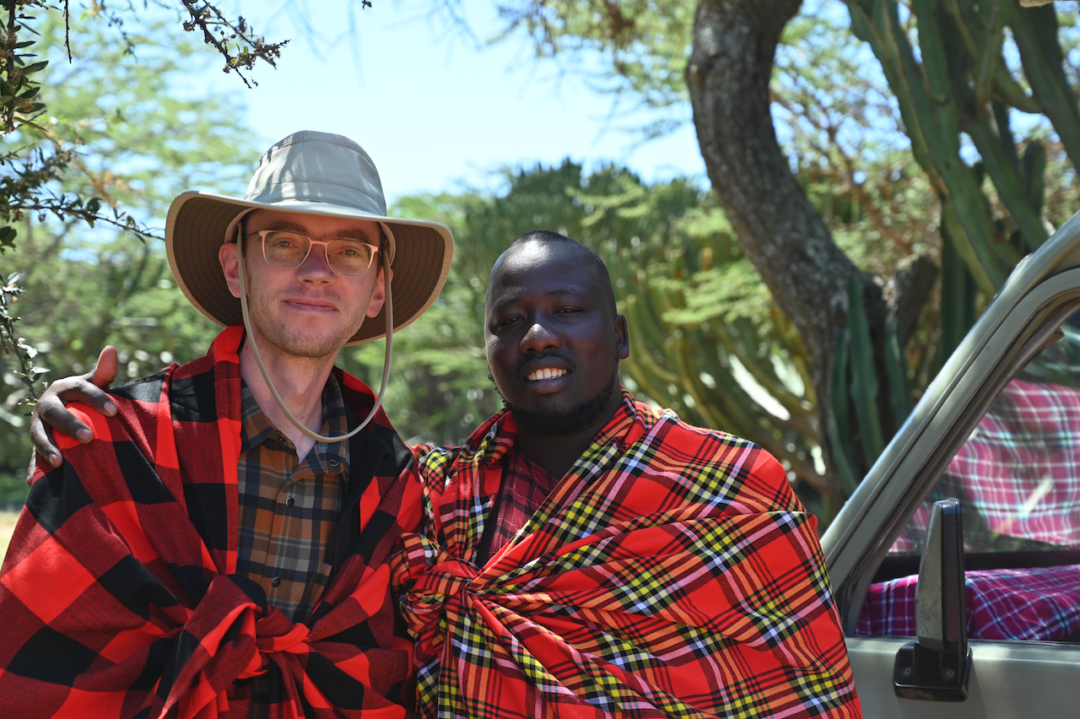
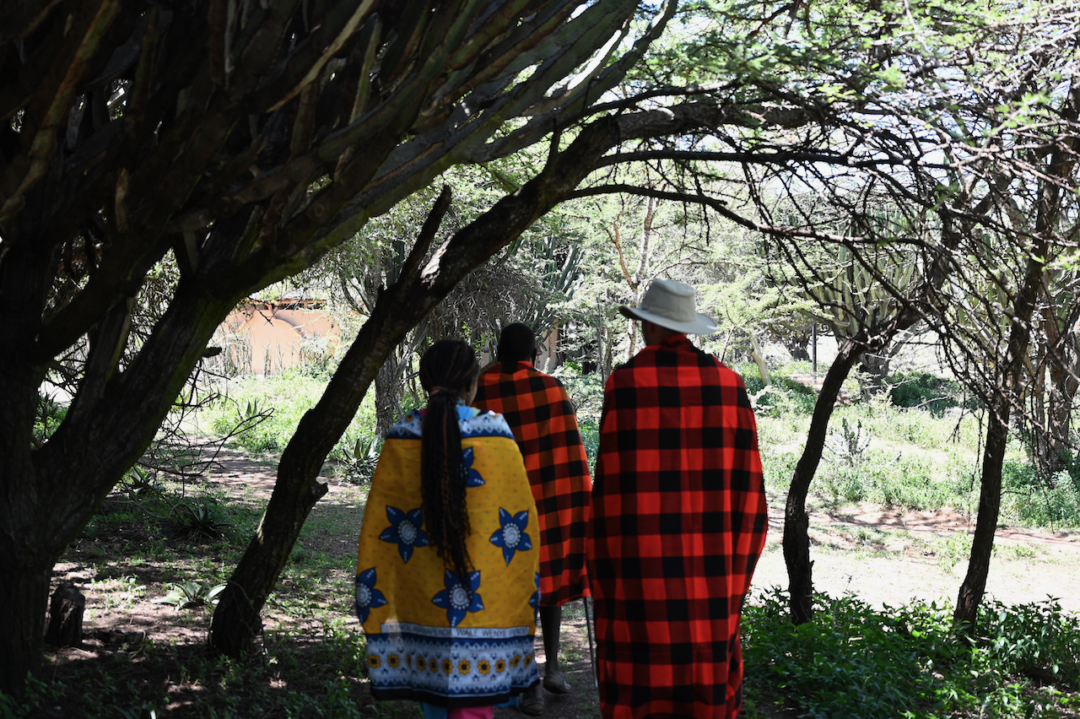
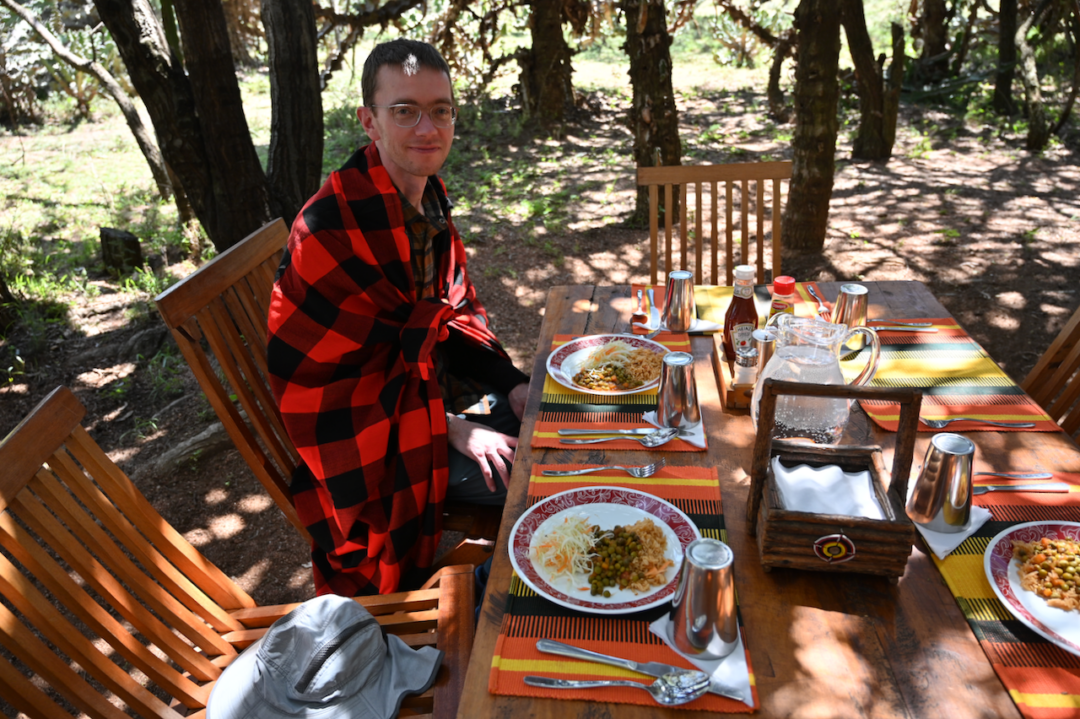
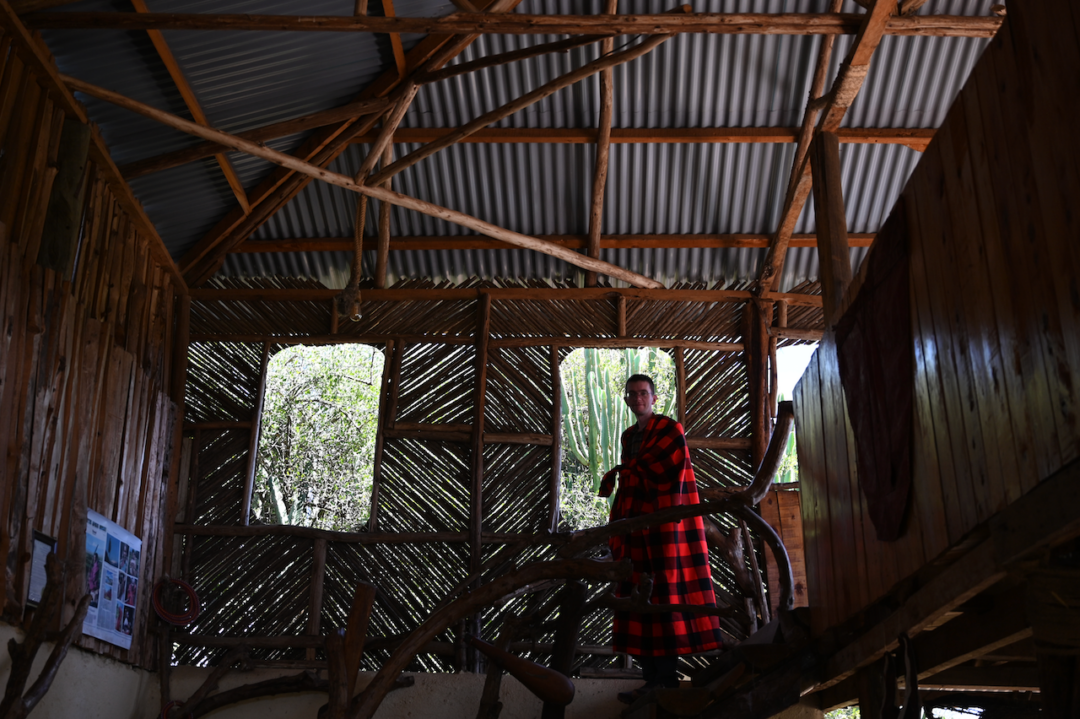
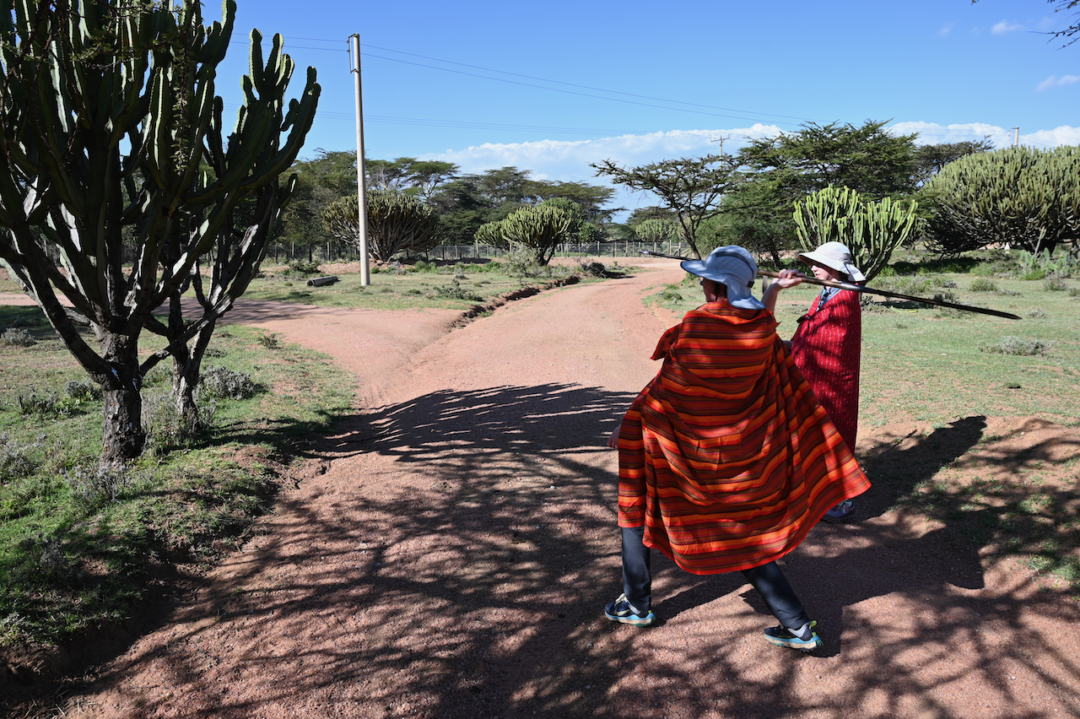
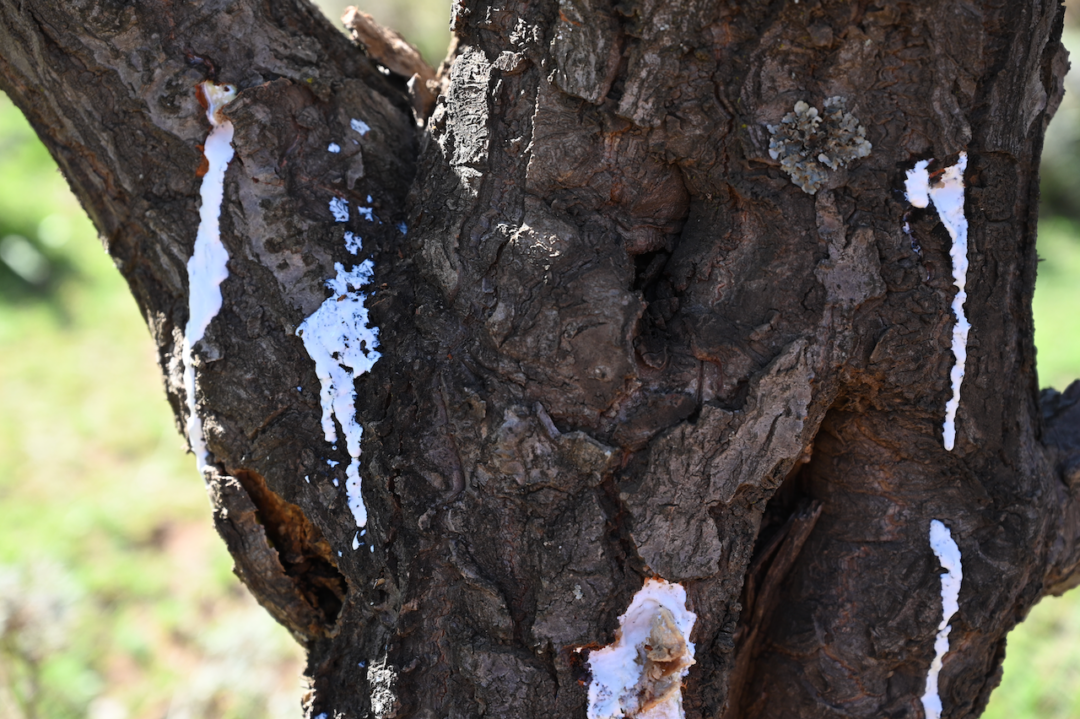
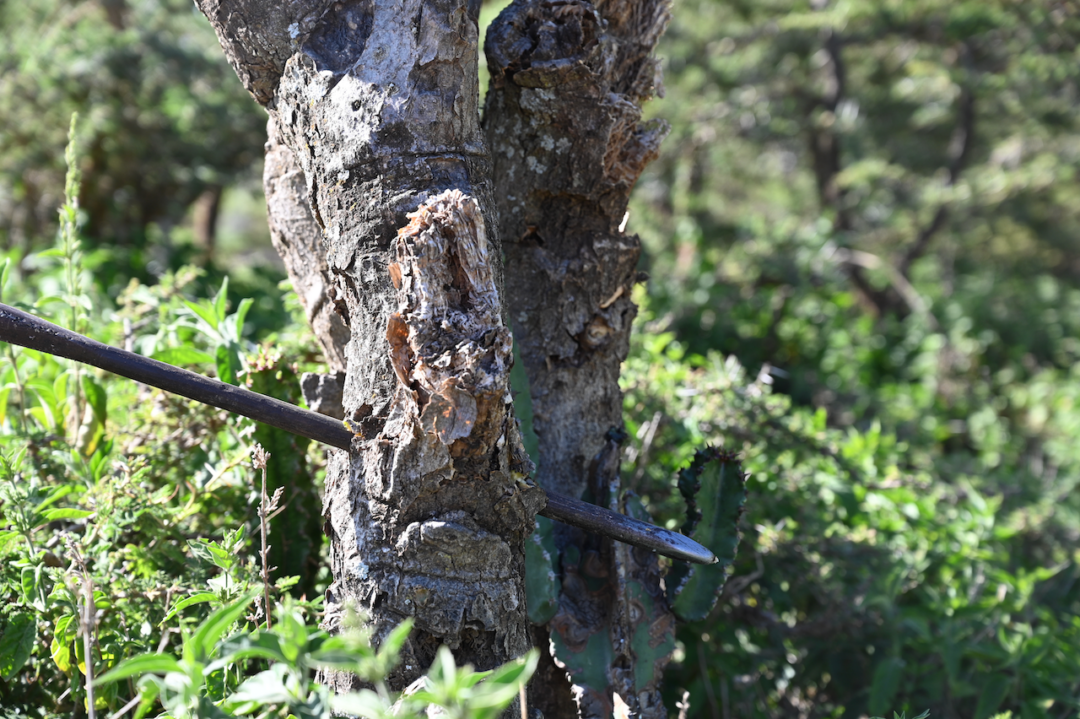
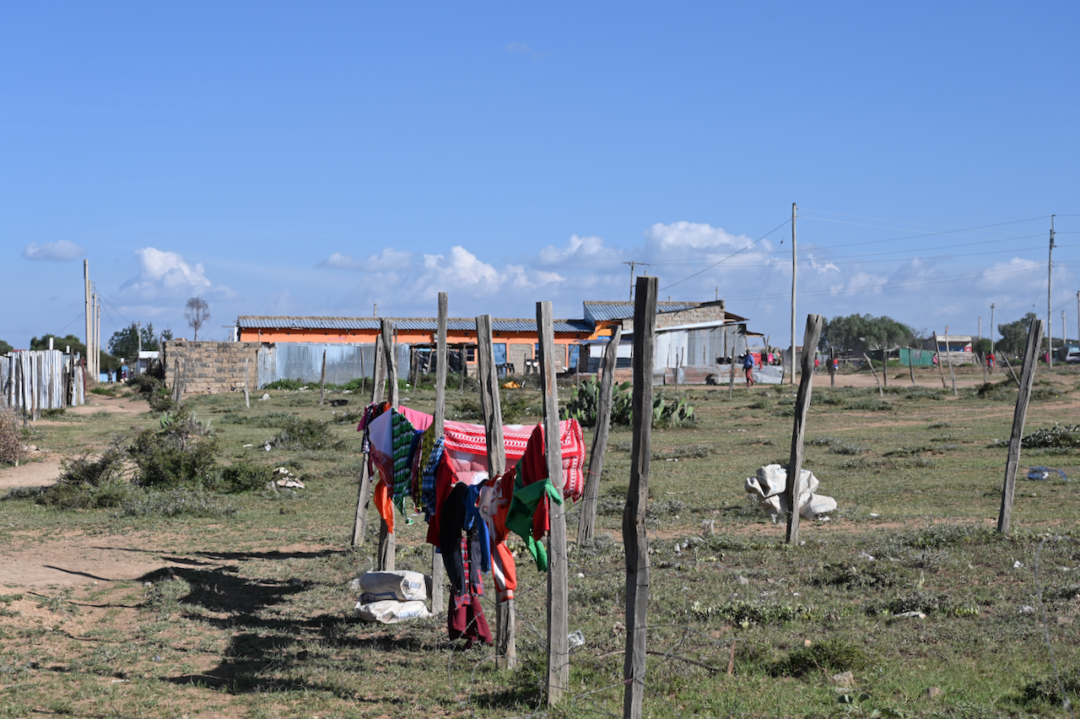
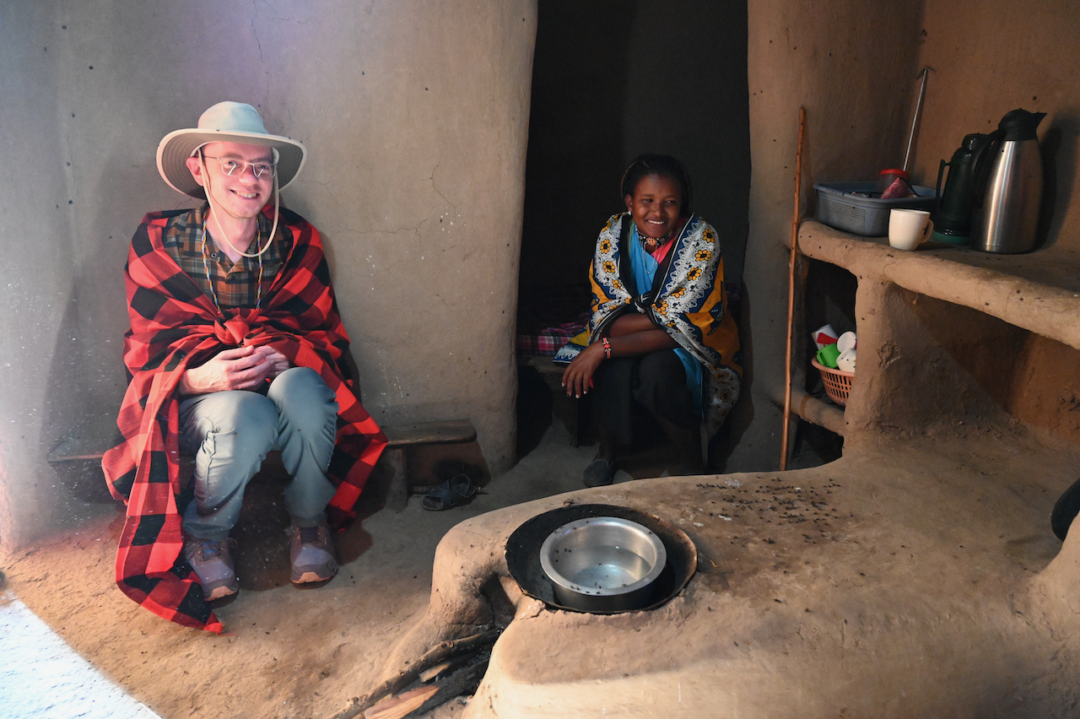
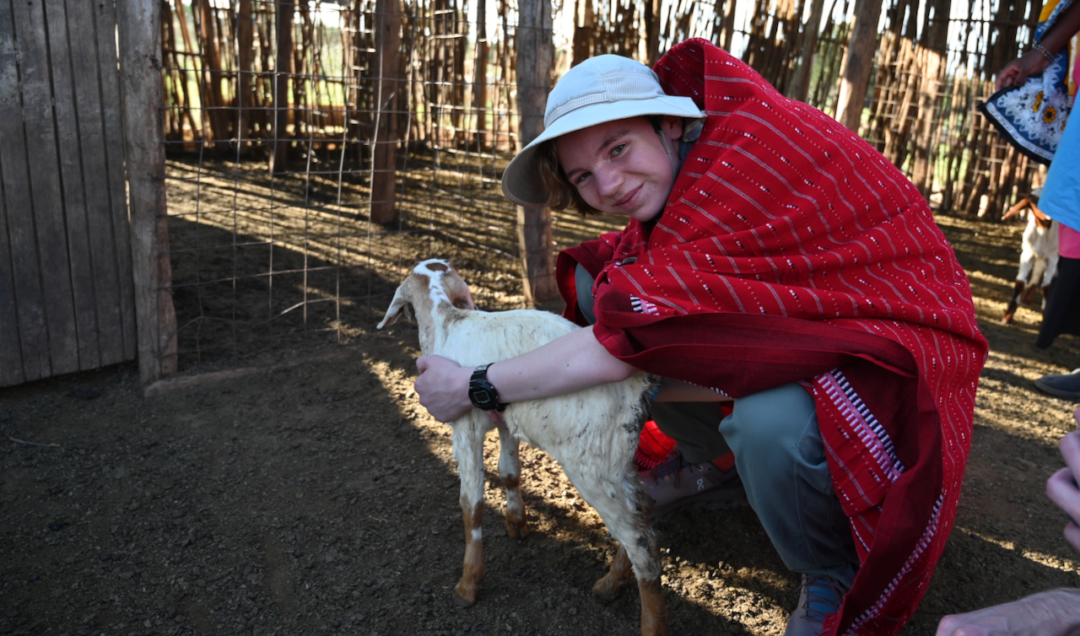
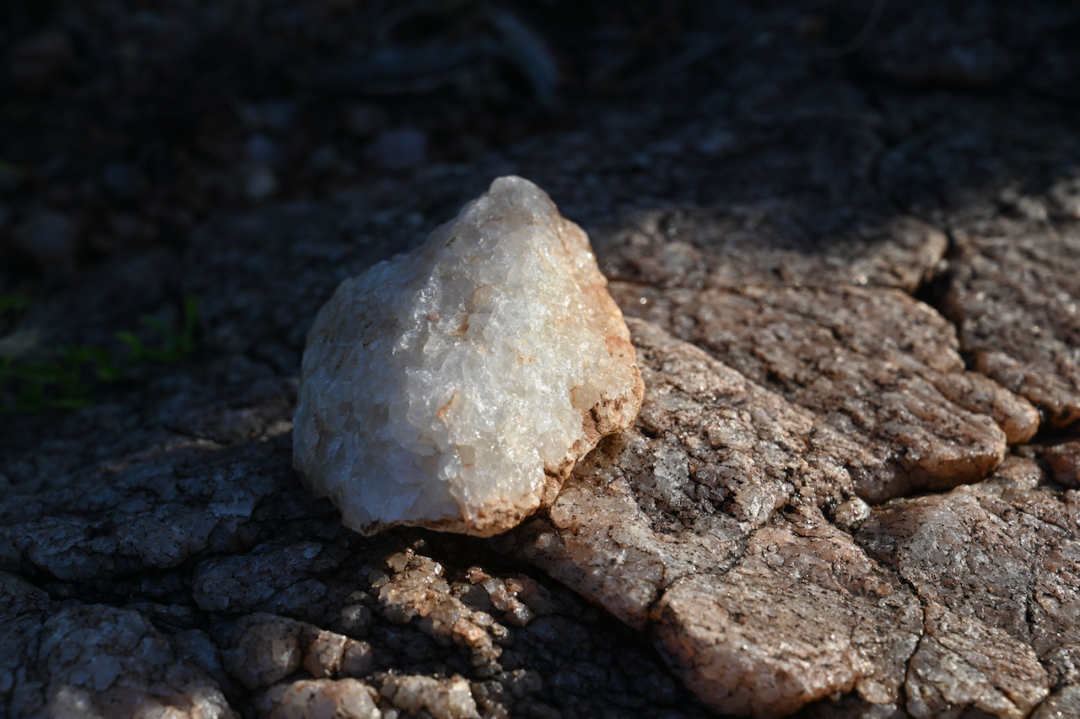
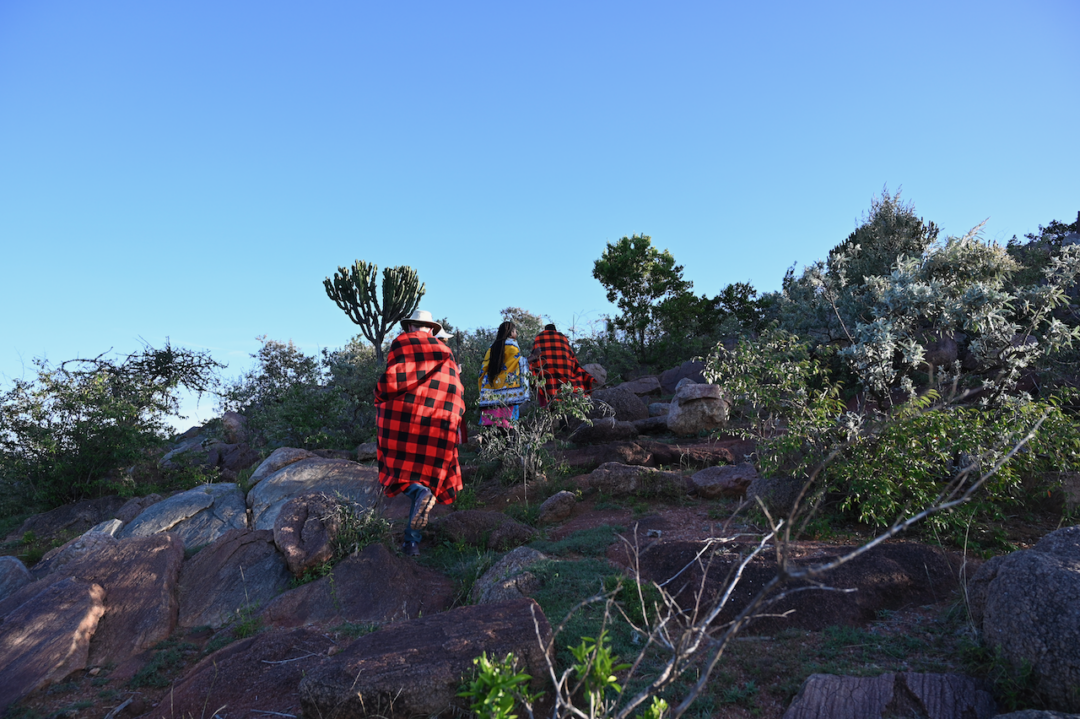
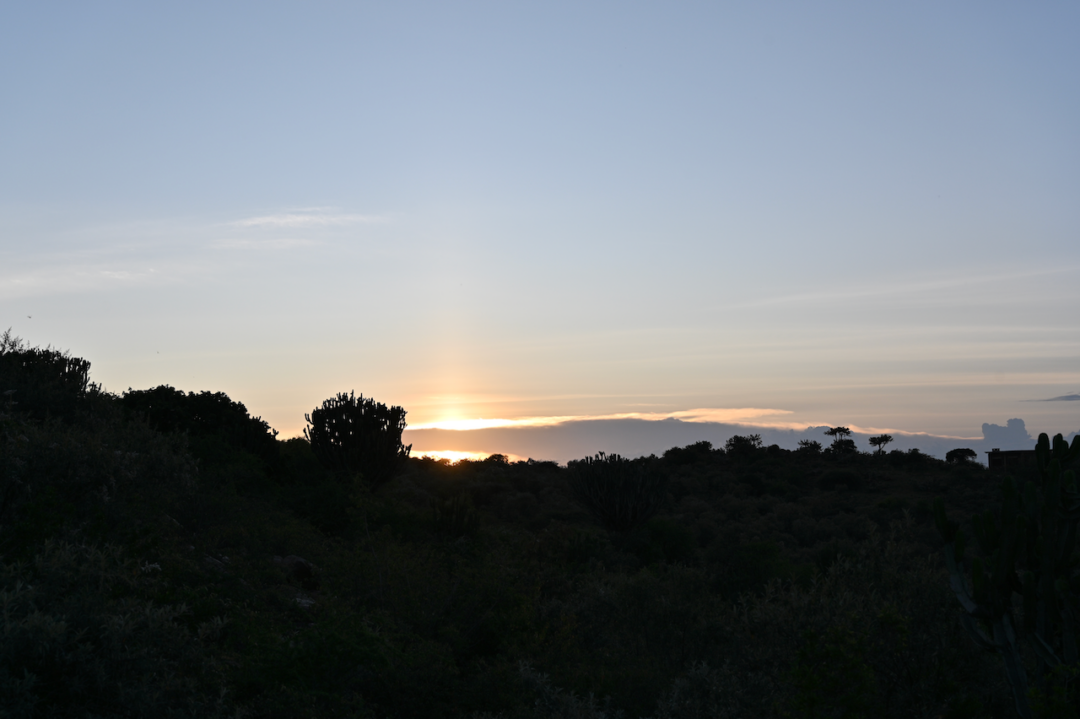


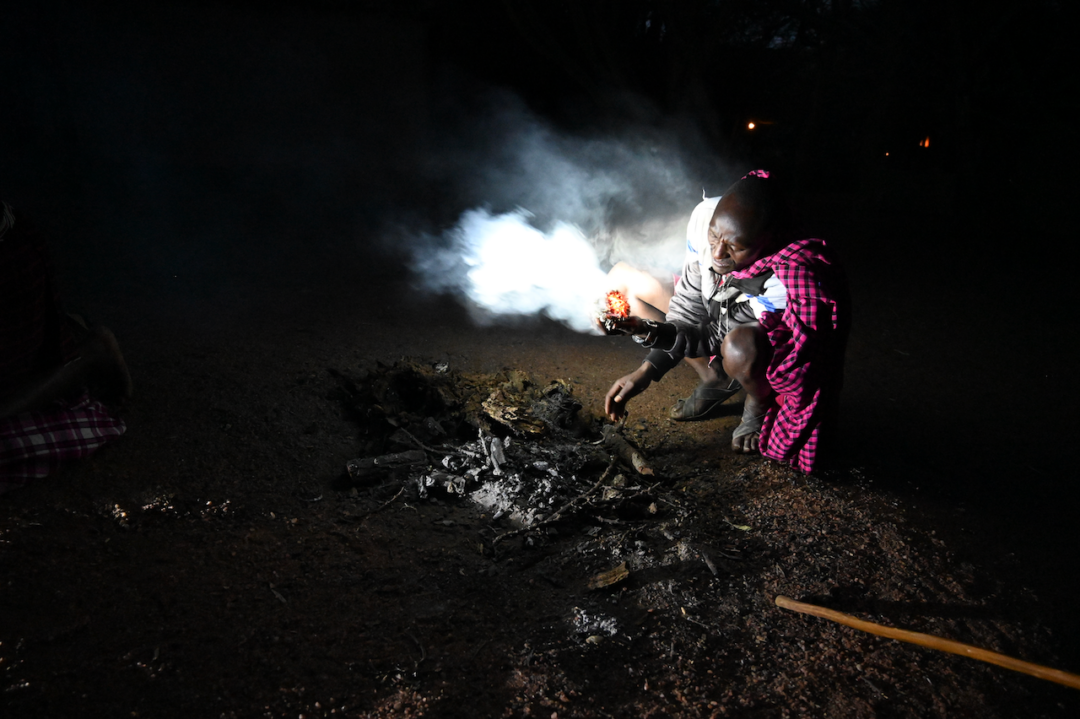

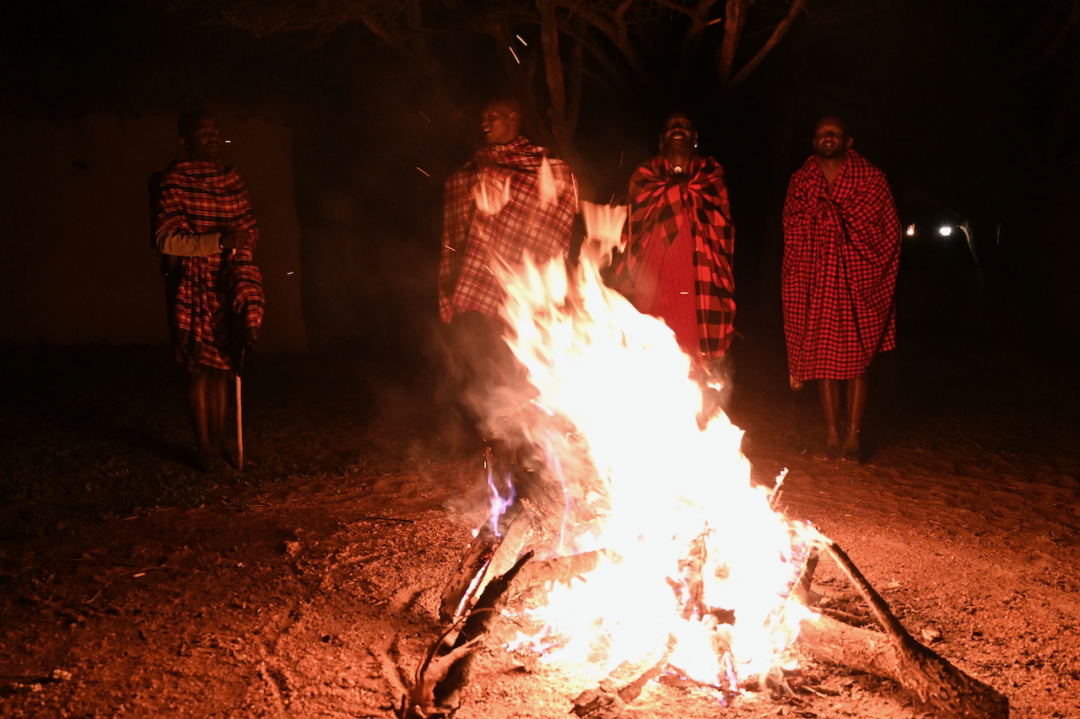

Leave a Reply